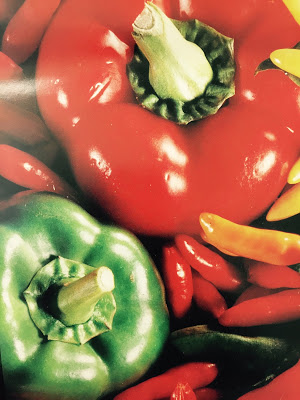Ever wondered if buying organic really is worth it? The slight price increase at most places makes the decision easy not to. Well the Environmental Working Group (EWG) has made the decision easier for us all. Of the nearly 7,000 produce samples tested by the USDA in 2014, 75% contained pesticide residues (on the final edible portion after washing, peeling, etc). In order to help people choose organic without breaking the bank, the EWG has compiled a list of the fruits and vegetables that test the lowest and highest for pesticide residues. Produce with the highest pesticide load is dubbed the “Dirty Dozen”. When buying produce from this list, choose organic if available. The produce least likely to hold on to pesticide residue has earned the name of “Clean Fifteen”. For this list, it’s okay to choose conventionally grown instead of organic. As always, though, it is important to wash any produces before consuming. The EWG retest produces and updates the list yearly. Check them out for 2016:
The Dirty Dozen
1. Strawberries
2. Apples
3. Nectarines
4. Peaches
5. Celery
6. Grapes
7. Cherries
8. Spinach
9. Tomatoes
10. Sweet bell peppers
11. Cherry tomatoes
12. Cucumbers
The Clean 15
1. Avocados
2. Sweet corn
3. Pineapples
4. Cabbage
5. Sweet peas (frozen)
6. Onions
7. Asparagus
8. Mangos
9. Papayas
10. Kiwi
11. Eggplant
12. Grapefruit
13. Cantaloupe (domestic)
14. Cauliflowers
15. Honeydew melon




